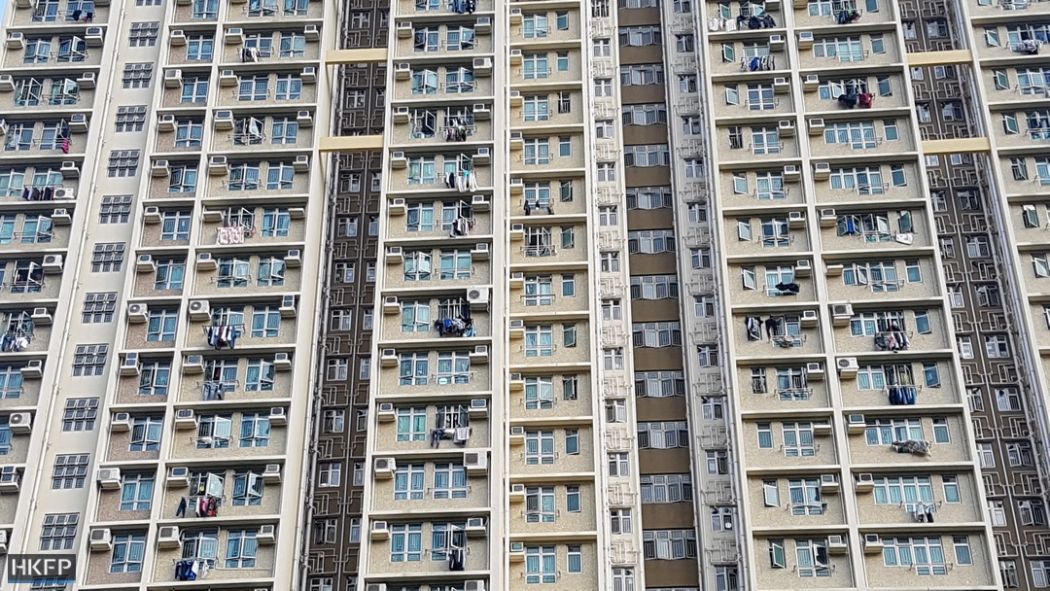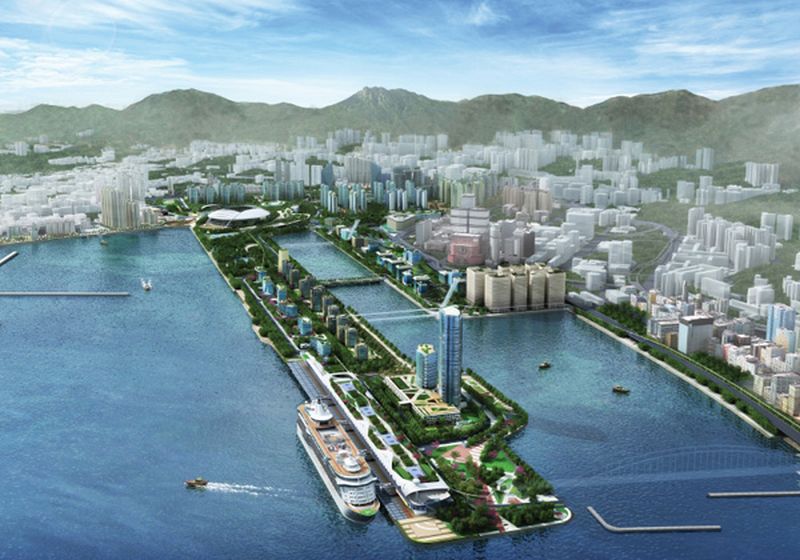From time to time some official, or a sympathetic commentator, laments the dearth of constructive suggestions among the criticisms which tend to greet any new government policy. On the other hand, when one comes along it doesn’t get a very warm reception.
This thought was prompted by a recent announcement from a group called the Real Property Federation, which was responding to the government’s request for opinions and suggestions about the shortage of land for housing.
Never heard of the Real Property Federation? Me neither. Apparently it comprises developers, real estate agents and professionals like architects and surveyors. A gathering of rich participants in the real estate racket, then.

This may justify a certain suspicion, but good ideas can crop up in unlikely places. Some of the federation’s proposals had a whiff of special pleading about them. They did not approve of developing the Fan Ling golf course. They did approve of reclamation as a long term measure. They wanted public-private partnerships to develop agricultural land owned by developers.
So far, so rather boring and predictable. Their short-term proposals were more interesting. One was to nearly double the plot ratio on public housing sites. This would mean a lot more flats on each plot. I am not sure about this one. Some of the recent public housing estates are quite crowded enough already. But it’s a quick fix.
Another one was to “revitalise” industrial buildings for use as temporary housing. This would no doubt give some pleasure to owners of moribund industrial buildings, but it could house a lot of people.
The most interesting suggestion, eagerly seized by the Hong Kong Standard, which seems to have been the only English medium covering this particular event, was that the government should moor some large boats in the Kai Tak Nullah to provide temporary homes for people who were waiting for public housing.
This is not on the government’s official list of suggestions, which doesn’t go far out of the box, or off the wall. But it is something new, constructive, and surely worth considering.
The idea is to put pre-fabricated container homes on barges, which would be moored, presumably next to a dock constructed for the purpose. The word “barge” is here used in the technical sense of a vessel which is not expected to propel itself. Actually the boats would apparently be big – the federation proposes about 400 container homes on each barge.

The idea has been roughly costed. Apparently a suitable barge could be built from scratch for HK$60 million, though it might be cheaper to buy a second-hand ship and adapt it. Another HK$80 million would be needed for containers, services, etc. Each barge could accommodate about 2,000 people.
Now I am prepared to believe that the authors of this scheme may have overlooked some hidden drawback, or been a bit optimistic in their costings. On the other hand compared with the competing suggestions floated, this is quick, cheap and doesn’t require displacing any current land users. So you might think it would stir up a certain amount of interest.
Not at all. The Standard’s intrepid reporter managed to collect two reactions.
One came from a Marine Department spokesperson. She said that nobody was allowed to live on a boat in Hong Kong unless it was licensed for the purpose. And “no new licence for a dwelling vessel will be issued,” she said firmly.
According to the Marine Department there were only four licensed dwelling vessels in Hong Kong last year. This comes as a surprise because a swift search for houseboats or “live-aboards” for sale in Hong Kong finds 28 on offer at just one yacht broker.
Now this may come as news to the Marine Department, but it is not the absolute monarch of all Hong Kong’s wet parts. If the government decides that it would be in the public interest for large numbers of people to live on barges specially constructed for the purpose, then the Marine Department’s policy on this matter will have to change. It is a government-made rule and the government can remove it.

Actually if the Greenland icecap succumbs to global warming and slithers into the sea next year we may need a lot of floating homes round here.
The other reaction came from legislator Andrew Wan Siu-kin, who by a convenient coincidence is also a member of the Housing Authority. It was kind of Mr Wan to offer a comment on this proposal since he was clearly unencumbered by any relevant knowledge.
The proposal, he said, was “impractical and weird.” He went on, “it won’t be fun to live on the fifth level when there are waves, and people living on land can’t get accustomed to it, as they get seasick even on ships as stable as ocean liners…”
What is weird is that Mr Wan apparently doesn’t know that thousands of people used to live on boats in Hong Kong. Some of them, according to legend, never went ashore. Some of them, according to undisputed fact, only went ashore in emergencies because they were mainland women married to Hong Kong fishermen and were for some reason not eligible for ID cards.
People can get used to all sorts of things. Actually a barge in a backwater like the Kai Tak nullah is not going to encounter large waves, even in a typhoon. A big boat, tethered, will not move that much.
Besides, we should remember, what counts as unattractive housing depends on where you are now. If the alternatives are sleeping in a cage, or McDonalds, or a subdivided firetrap, then a container home on a barge may look quite attractive. In fact if the long-awaited offer of public housing is a flat in distant and sorrowful Tin Shui Wai, I imagine quite a lot of occupants would be reluctant to move out.
